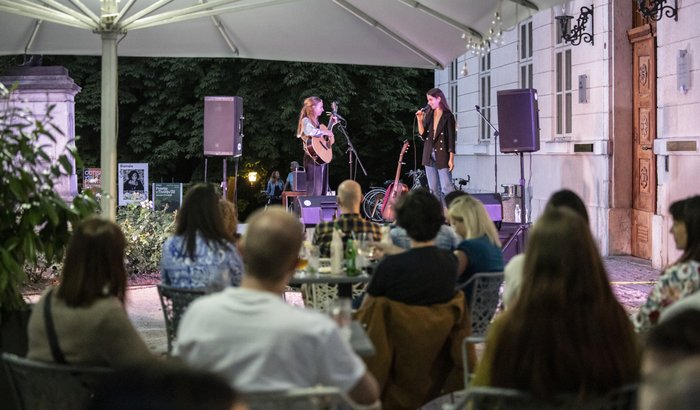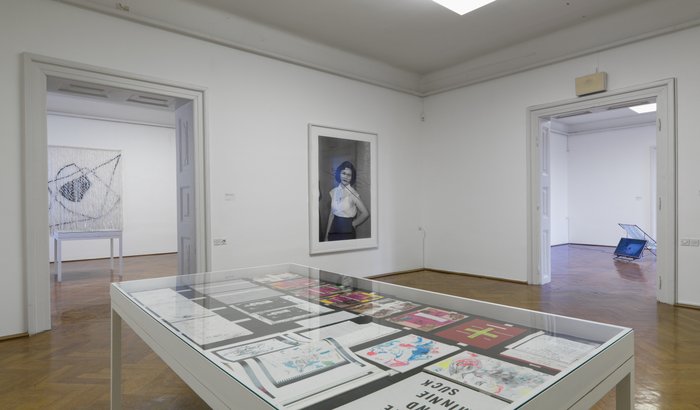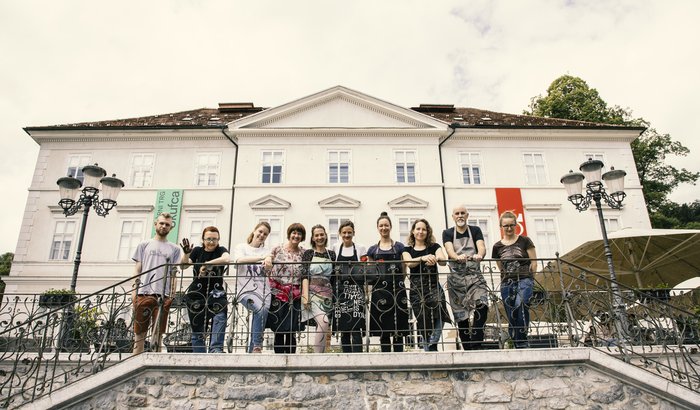From classical print production to the holistic transformation of space
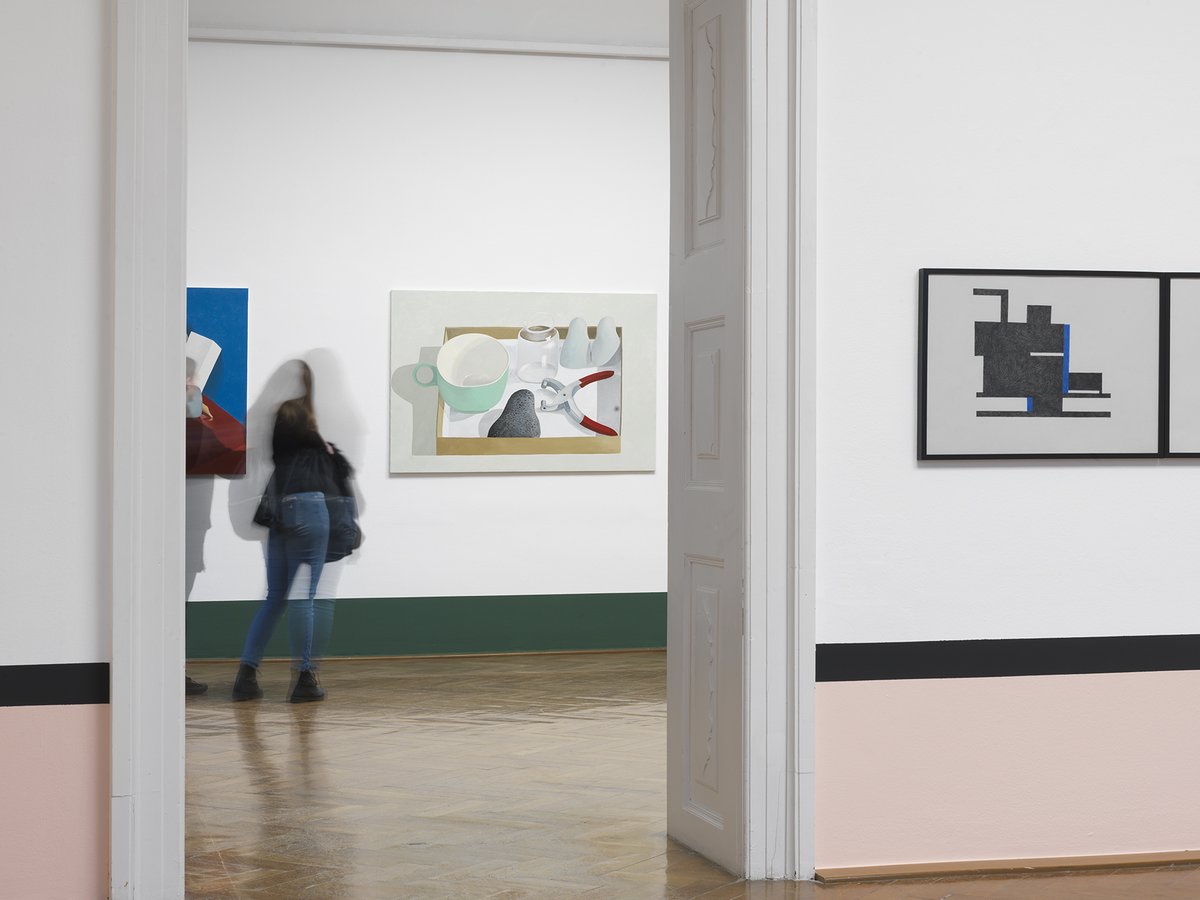
In this part of the presentation of MGLC, we will try to delineate the history of exhibitions in this museum. A bit over three decades of exhibiting has been divided into three approximately equal periods marked by the work of three heads of programming or directors (Zoran Kržišnik, Lilijana Stepančič, Nevenka Šivavec). In the text, we define the institution’s initial programme vision manifested in the early exhibitions of the 1990s and then follow the development and the changes of this vision over the next two decades, pointing out the most characteristic, breakthrough and successful exhibitions.
In its initial period, MGLC, the first and only museum specialising in graphic arts in Slovenia, already focused on exhibiting the most important Slovenian printmakers of the post-war period, presenting contemporary printmaking production by artists of various generations and hosting artists from abroad. The breath of fresh air that swept the institution in the new millennium brought new programme ideas. The initial, classical idea of printmaking, on which the exhibitions from the first period were based, began to expand to the field of fine art printing, while artists’ books and other art publications attracted special attention. At the end of the 1990s, installations made their way into the gallery, while, a few years later, art events or performance art pieces began to be carried out there. In the third period of MGLC’s operation, the practice of exhibiting contemporary art was even more frequent. In the forefront were distinctly intermedia-oriented exhibitions or projects, characterised by their comprehensive transformation of the gallery space. A great emphasis was put on presenting foreign contemporary artists and international cooperation.
The first ten years
The history of the exhibitions at MGLC, which was founded by the Municipality of Ljubljana on 25 December 1986 on the initiative of Zoran Kržišnik, dates back to 1989. As befits the museum and gallery founded on the heritage of the Ljubljana Biennale, the honour of opening the Tivoli Gallery, as the space was named at the beginning, went to the prize winners of the 17th Ljubljana Biennial of Graphic Arts: Dan Allison, Elizabeth Ingram, Tetsuya Noda, Zorica Tasić and Walter Valentini. In all the subsequent biennale editions, the MGLC gallery was one of the central biennale venues.
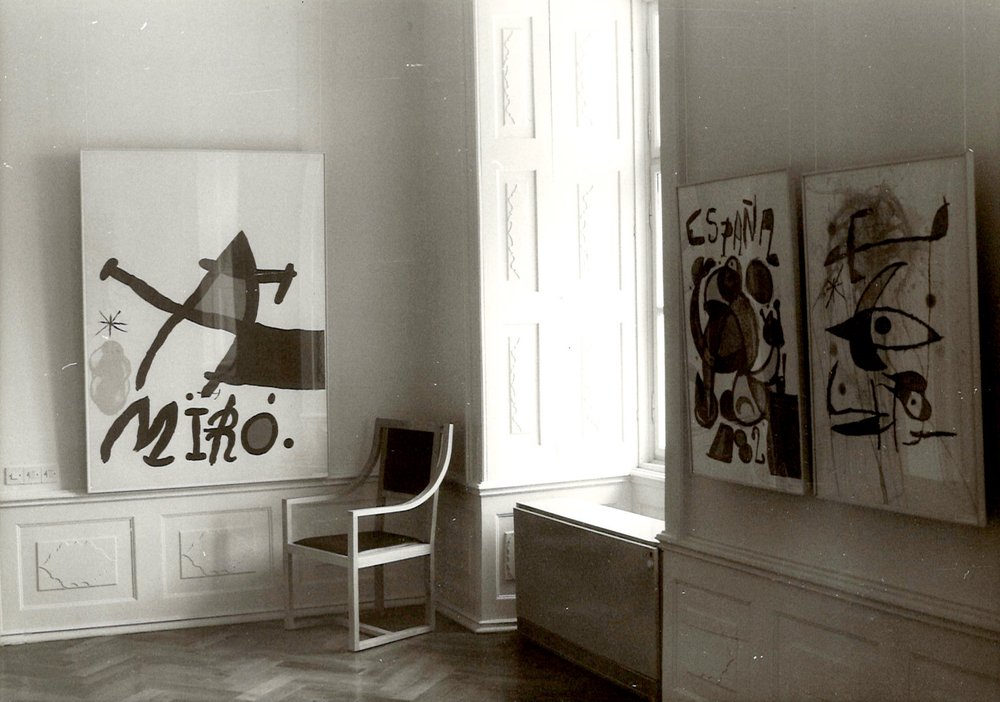
In addition to organising the biennale, one of the key tasks of MGLC was documenting the happening in graphic arts in Slovenia. In 1991, they mounted an exhibition to pay tribute to Riko Debenjak, the beginner of the Ljubljana School of Graphic Arts, who had died a few years before. There followed exhibitions by other artists of the older generation: Janez Bernik, Andrej Jemec, Bogdan Borčič, Vladimir Makuc, Karel Zelenko, Jože Ciuha and Adriana Maraž. Very important for the consolidation of the significance of their contribution to the Slovenian printmaking landscape were also the monograph exhibitions of the artists that got established a bit later, in the 1970s, such as Gorazd Šefran, Danilo Jejčič, Drago Hrvacki, Jože Spacal, Lojze Logar and Metka Krašovec.
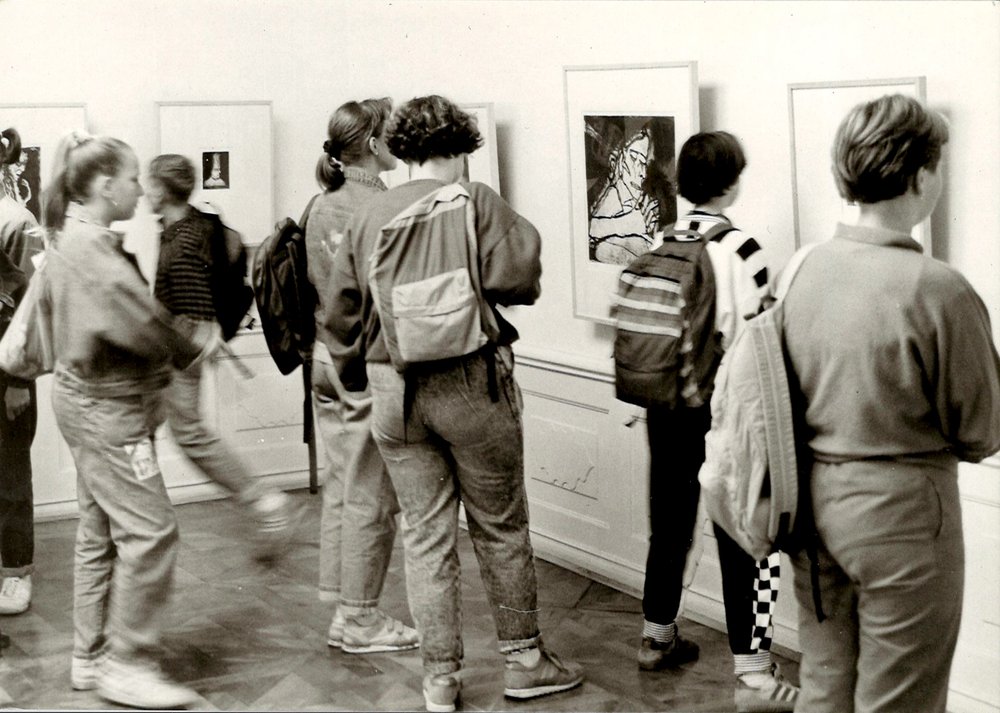
In addition to monograph exhibitions, MGLC also organised group exhibition that were supposed to determine the state of printmaking among younger artists at the time. Two such exhibitions were prepared in the 1990s: Young Slovene Printmaking in 1993 and Slovene Printmakers – The New Generation five years later. Its own means of production, so the possibility of printing directly in the print studio, was a special feature and privilege of MGLC from the very beginning. By printing from the plates of the leading representatives of the Ljubljana School of Graphic Arts, the studio took care of the preservation of Slovenian printmaking heritage. In addition, it also provided a space for the creation of new works by Slovenian and foreign artists, which were usually presented at the gallery soon after. It was thus the first time in Slovenia that it was possible for a print’s entire “life path”, from production to musealisation, to take place in direct cooperation between an artist and an institution.
MGLC printed, published and exhibited prints and print portfolios upon the biennials and other occasions. It was already in 1991 that, upon the joint exhibition of Slovenian and German printmakers, three Slovenian and three German artists cooperated in the studio and published a portfolio of six works in the intaglio printmaking technique. Especially important among individual projects in terms of the volume was the presentation of a portfolio of nineteen screen prints by Janez Bernik entitled Katharsis ad infinitum, which was printed and exhibited at the gallery in 1998.
Individual prints printed at the studio were exhibited in the framework of survey solo exhibitions, while the production of the second half of the 1990s was presented at the exhibition MGLC & Artists: Exhibition of original prints from MGLC.
In the 1990s, MGLC extended its basic printmaking mission to the field of drawing. In 1993, the Tivoli Mansion hosted an exhibition of paintings, drawings and caricatures by Bine Rogelj, while, in the second half of the 1990s, Herman Gvardjančič, Štefan Planinc and Zdenko Huzjan presented their drawings there. In 1990, the 1st Grand Prix of Drawing Alps-Adria, a biennial international exhibition based on the idea of connecting the Slovenian, Italian and Austrian fine arts and political space, was organised. Another three editions took place by 1997 and then, in 1998, the international project was concluded with the exhibition A-L-T-A-M-I-R-A within me. It was an exhibition of drawings in space, whose curatorial (in situ installations, creating an ambience) and organisational (group work of artists in the gallery) concept deviated from the theretofore established principle of mounting exhibitions at MGLC and can be understood as a precursor of the changes introduced into the programme more broadly in the next decade.
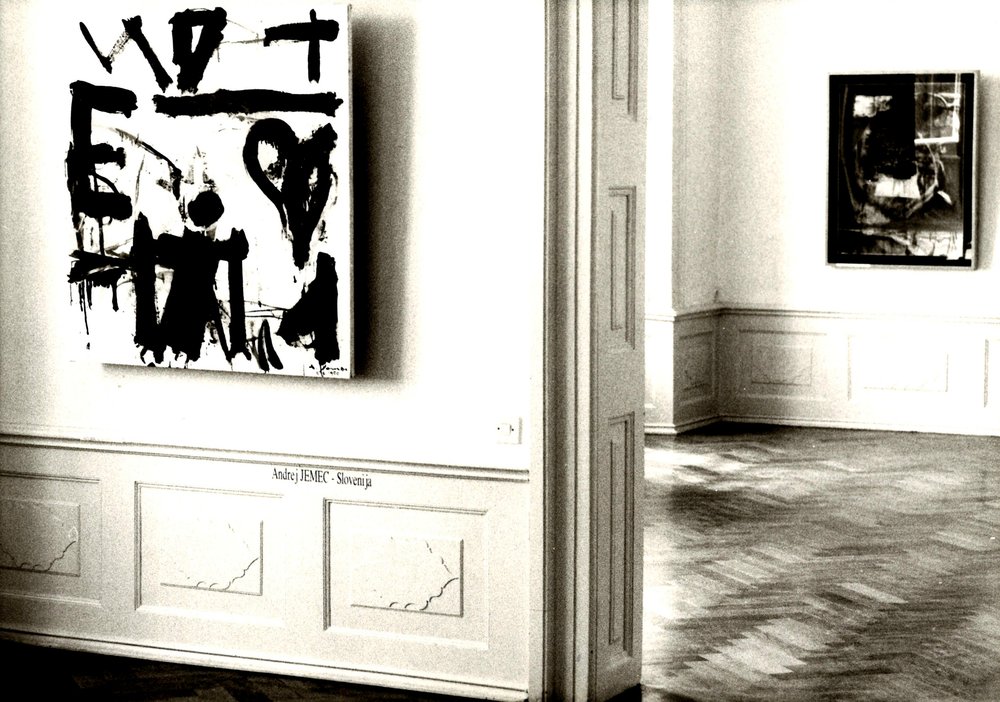
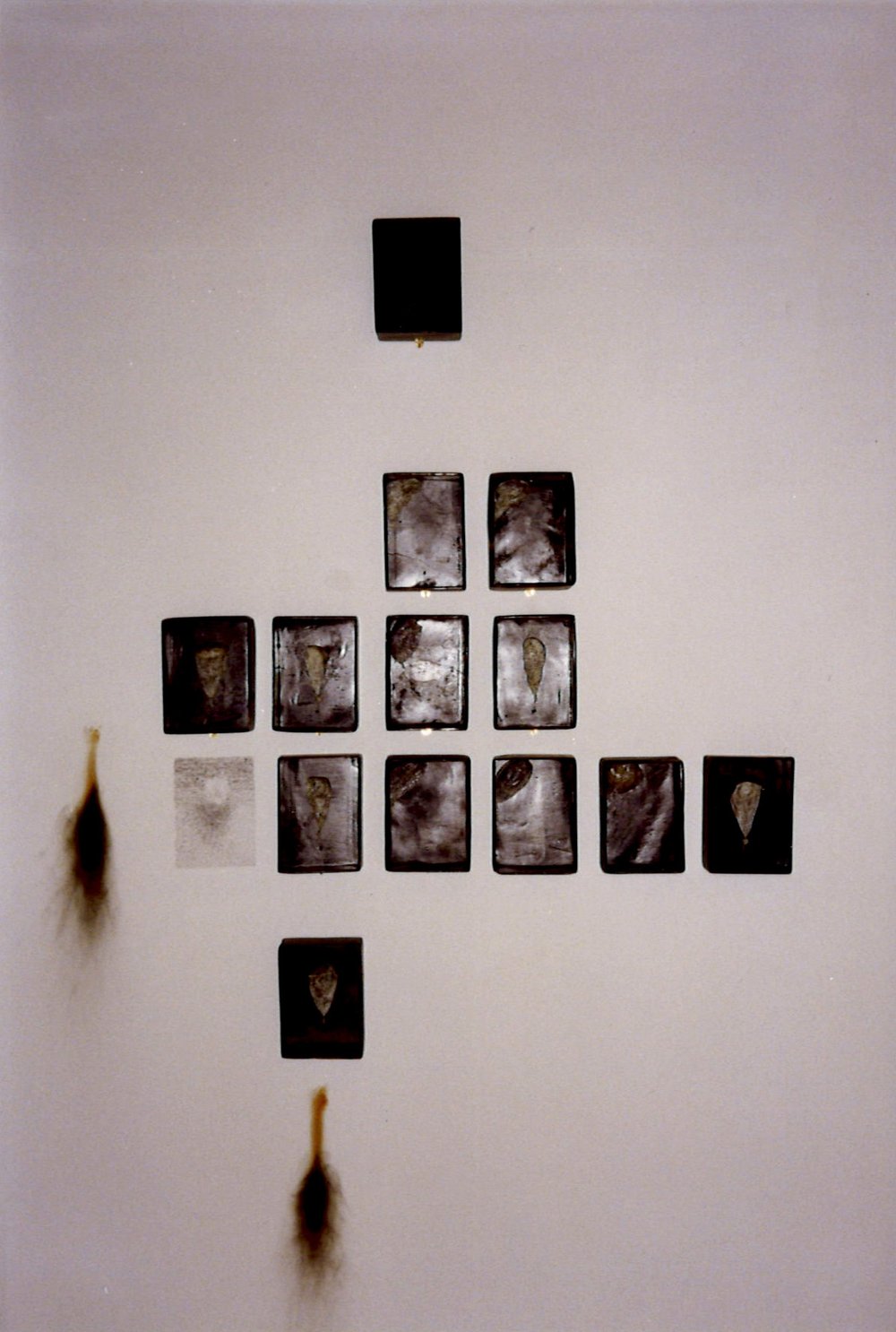
MGLC also followed the direction indicated by the Alps-Adria initiative in extending invitations to foreign exhibitors as it predominantly hosted artists from Italy (Giuseppe Zigaina, Concetto Pozzati, Luciano de Vita, Getulio Alviani) and Austria (Franz Motschnig, Karl Brandstätter, Hermann Nitsch, Erich Demetz). We should emphasise that such international cooperation was closely related to the tradition and the orientation of the Ljubljana Biennale. In that period, Korean printmakers played a prominent role at the biennale, so MGLC hosted them at a large group exhibition in 1991, which was followed by a solo exhibition of Baik Soon-Shil a year later. An even earlier traditional connection existed between the fine arts spaces of Ljubljana and Japan. Many Japanese students studied at the Academy of Fine Arts in Ljubljana and some of them even settled down in Slovenia. The key contact on the Japanese side in this period was Toshihiro Hamano, the founder of the Ryu contemporary art group.
At the turn of the millennium
After 2000, MGLC’s programme reflected the change at the head of the institution. At that time, its founder Zoran Kržišnik retired after fifteen years at its helm and Lilijana Stepančič took over. The first years of the new decade brought many changes, the most important of which was the revision of the established way of understanding the art medium of print.
The new mode of thinking brought by the 24th Ljubljana Biennial of Graphic Arts in 2001 redirected the focus from printmaking to an extended field of fine art printing and thereby fundamentally affected the orientation of the exhibition programme. After 2000, the exhibitions at MGLC began including posters, flyers, stickers and other printed artefacts that, as a rule, had not been exhibited at the gallery before. Such exhibitions examined the question of how much sense it makes to draw a dividing line between printmaking and the related fields of graphic design, on the one hand, and blurred the line between sophisticated, high art and more simple, more accessible and cheaper modes of expression, on the other (Street Art: Stencils, Posters and Stickers, 2006).
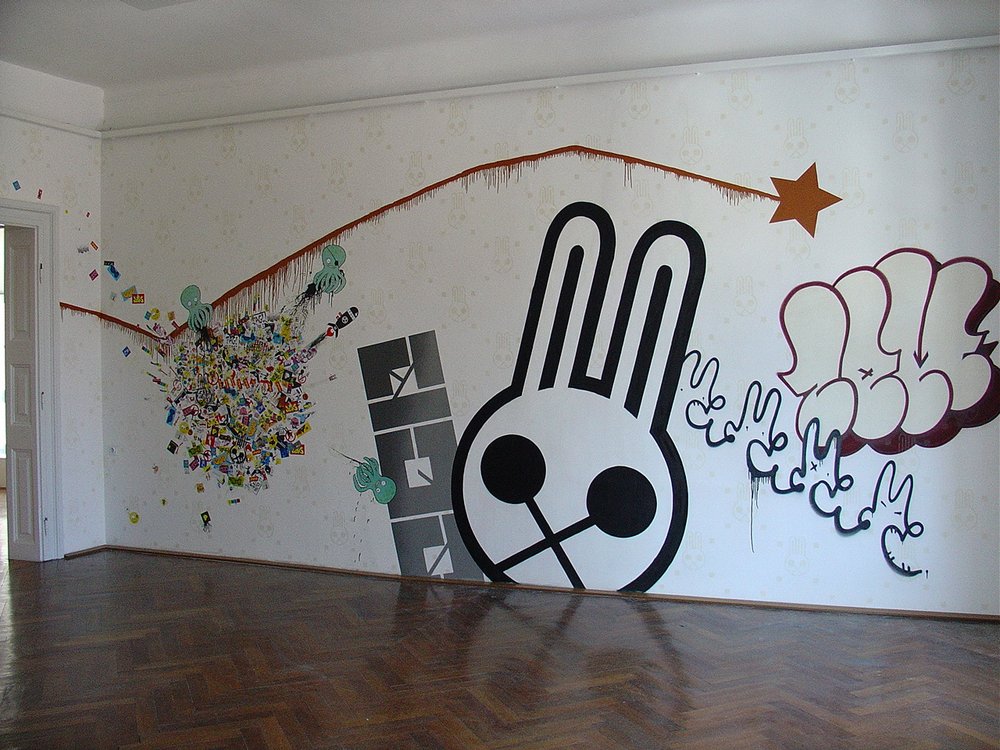
Attention was also given to the role of large format prints in public space (Sašo Vrabič, Great Expectation, 2002; Matej Andraž Vogrinčič, 10.000 Balls, 2004). In this regard, the cooperation with the Viennese initiative museum in progress was very significant for MGLC.

An especially important aspect, one that has marked the institution’s operation to this day, is its interest in artists’ books and other art publications. In this regard, Art from Page to Page (2000) was a very important exhibition as it provided the basis for the still growing Collection of Art Publications, while Out of Print – Razprodano (2002) proved to be an especially influential one. In 2004, MGLC prepared the first gallery presentation of the Parisian art newspaper Point d'Ironie.
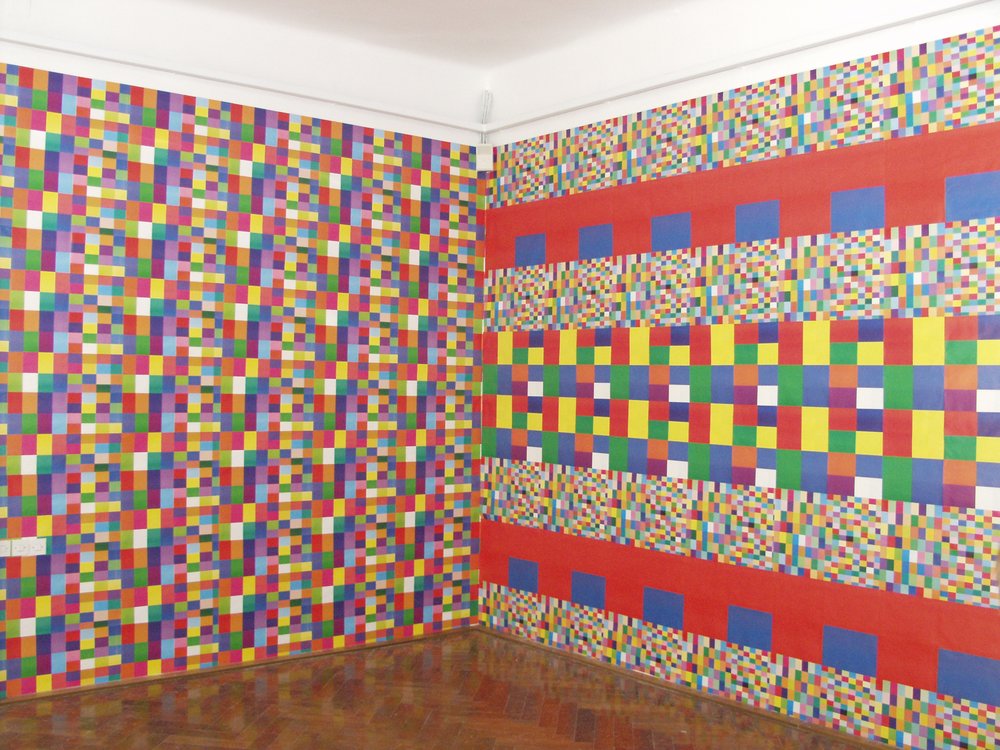
The exhibitions at the gallery and in the framework of the biennale (The First Line, 2005) presented the history of the development of this medium in Slovenia and abroad, while at the same time providing an incentive to Slovenian artists. In relation to this, it is important to mention the exhibition 9+9: Artists’ Books and Artists (2010), which invited contemporary Slovenian artists to artistically (re)interpret select works – artists’ books from the museum’s collection.
The prints, drawings, paintings and similar traditional media that had filled the gallery in the previous decade were joined, in addition to the already mentioned items, by photographs, art documentation, installations and performance art pieces. From the two-dimensional surface, art works extended into space and oftentimes the exhibitions or projects took place outside the gallery. We have already mentioned the interventions in the form of billboards, which, among other things, aroused the reflection on the marketing overload in our common space. An especially important project in this period was the retrospective exhibition Graffiti Artists (2004), which offered one of the first attempts at a gallery examination of Slovenian graffiti production.
In this period, MGLC’s programme reflected the interest in the role of art in socio-political processes. Thematic exhibitions presented the production that accompanied political upheavals and the protest, democratic and other civil society endeavours in Slovenia, Yugoslavia and the world in the second half of the 20th century. Thematic group exhibitions put on view the production of the 1960s and 1970s neo-avant-garde movements, while exhibitions such as FV, Alternative Scene of the Eighties (2008) and Gesamtkunst Laibach – Fundamentals 1980–1990 (2010) presented the engaged art of the 1980s. The question of the marginalisation and stigmatisation of social groups and professions was explored by Tadej Pogačar, who, in the framework of presenting his para-institution – the museum P.A.R.A.S.I.T.E. (Agent of Change – Documents I., 2001–2002), erected a monument to an unknown prostitute in front of the museum. A less direct comment on political and social relations of that time, based on (self-)irony, was provided, among others, by the exhibition Opening the Statelet Archives 1992–2007, which presented the work of Milena Kosec and her art state – Scarecrow Statelet.
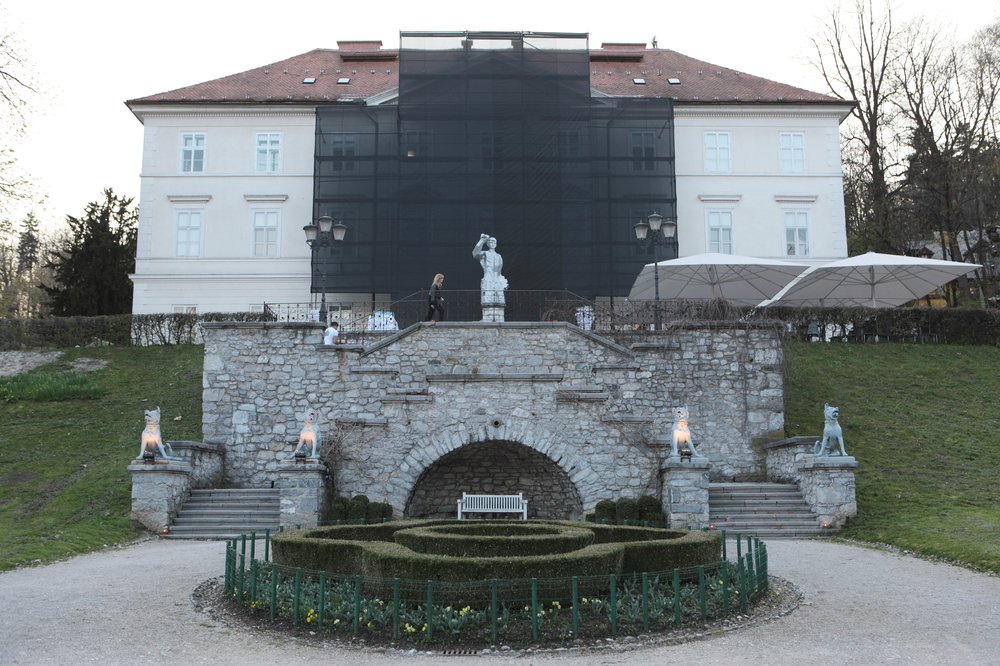
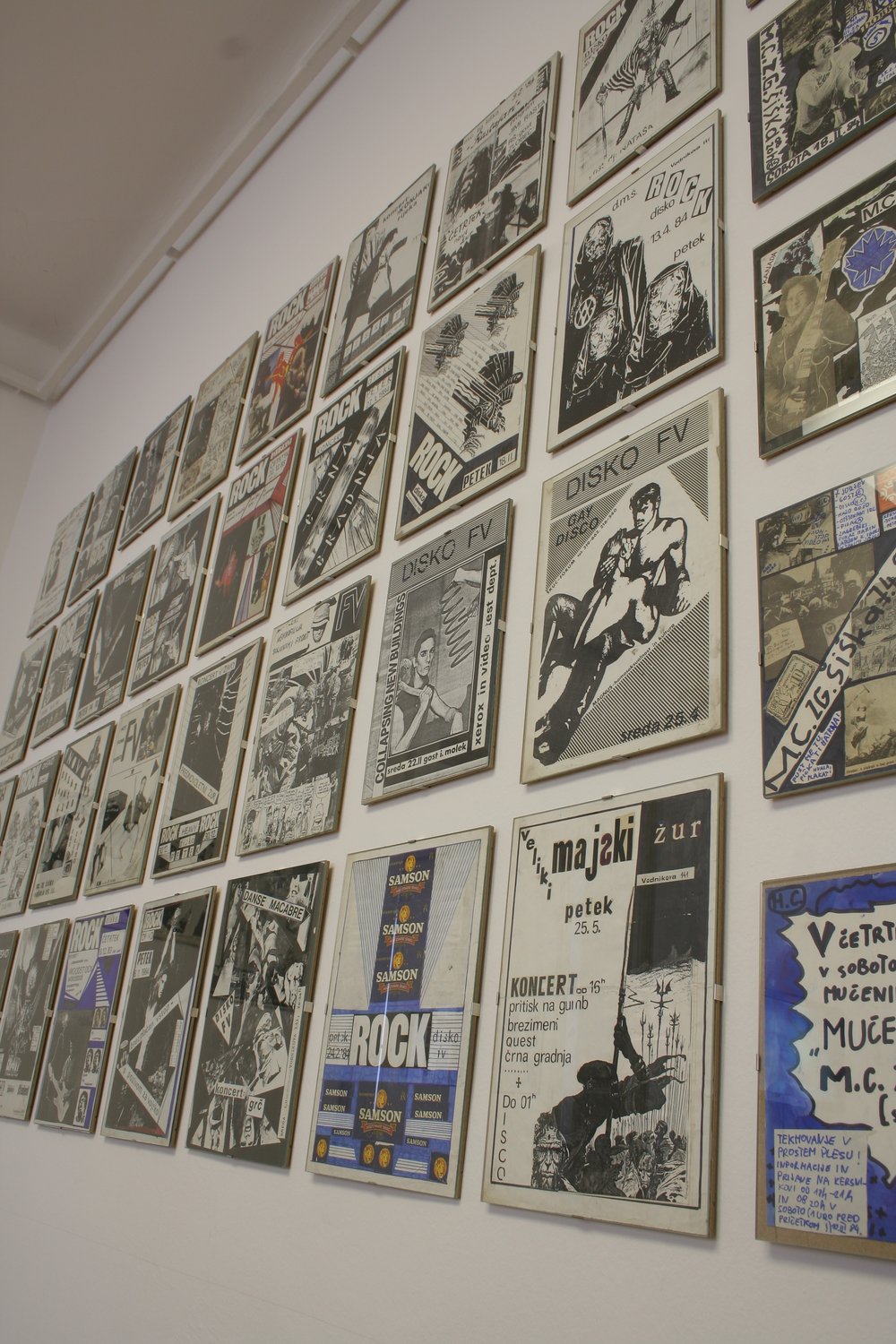
The decisions on solo exhibitions of Slovenian and foreign artists in the new decade were also directed by the interest in contemporary art, on the one hand, and a new perception of print media, on the other. With the donation of Damien Hirst’s works that received prizes at the 24th Ljubljana Biennial of Graphic Arts in 2001, MGLC prepared an exhibition of 13 screen prints by this famous English artist (The Last Supper, 2002). In 2005, MGLC mounted a rich survey exhibition of the French avant-garde artist Sonia Delaunay (Simultanke: The Creative World of Sonia Delaunay, 2005). In 2003, the American activist artist Leon Golub was presented. The exhibitions of these important foreign artists reflected the museum’s commitment to international cooperation.
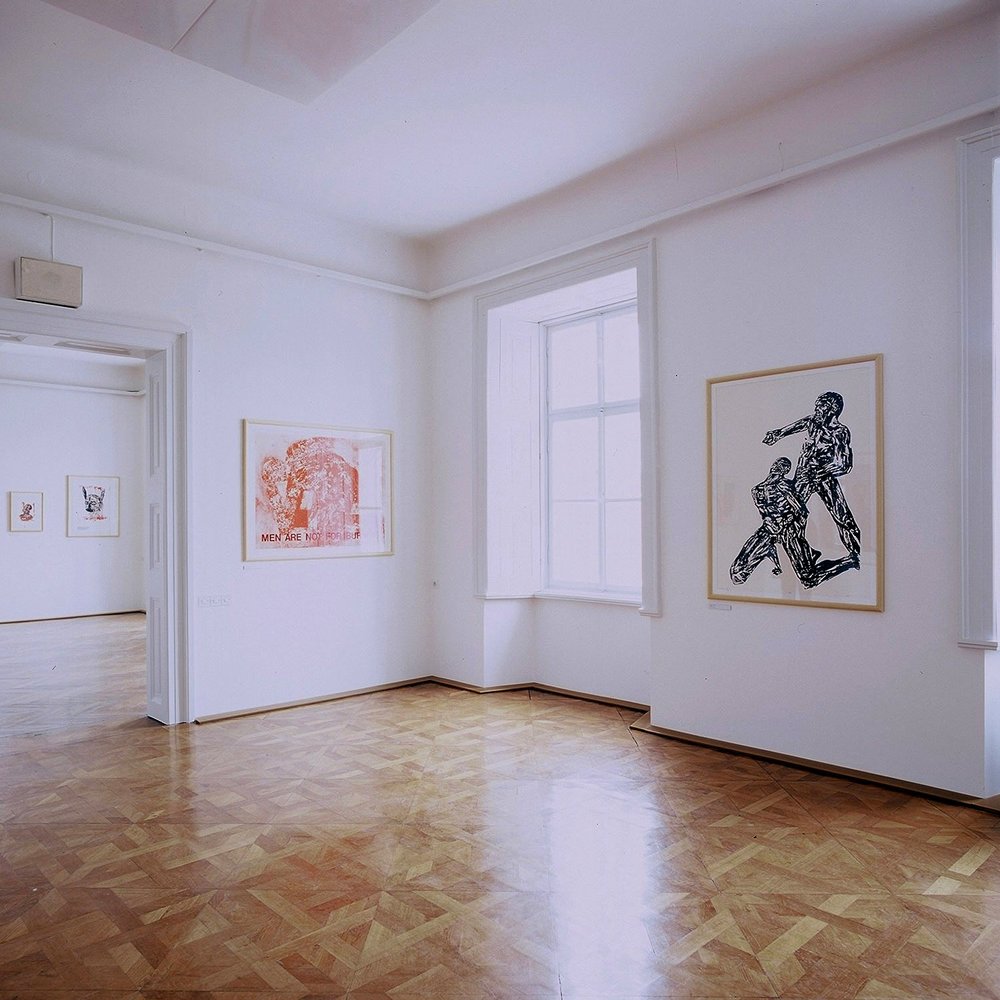
Among the exhibitions of Slovenian artists, we would like to point out the retrospective of Edvard Zajec, a pioneer of computer art and computer printmaking (2007), and the monograph presentations of Štefan Galič, Ivo Mršnik and some older Slovenian artists (Vladimir Makuc, Jože Ciuha). Solo and group exhibitions continued and developed one of the fundamental tasks of the museum – the research of the distant and recent history of Slovenian printmaking, but they also entailed the creation of new knowledge about the items and artists included in the collection (Masters’ Heritage, 2001). The reflection on the history of printmaking and printing extended into the field of political, propagandistic and other mass printing (The Partisans in Print, 2004–2005), while the exhibitions Prints from Stone, Lithography in Slovenia after 1950 (2002) and The Allure of the Matrix, The Woodcut in the 20th Century (2006) were conceived with an emphasis on the history of printmaking techniques in Slovenian printmaking. Of great importance for establishing the art-historical discourse on the history of printmaking in recent decades and the documenting of the state in the field at the time was the survey exhibition A Third Look: The Multiplicity of Graphic Art Today (2008).
From 2011 to the present day
With the arrival of Nevenka Šivavec as the new director in 2011, new thematic clusters began to be built on the established foundations and were then reflected in MGLC’s programme and the concepts of the new editions of the Ljubljana Biennale.
We could say that Systems and Patterns (2012), a group exhibition of works by contemporary artists from the Middle East, in a way announced the programme orientation of this period. It pointed out the significance of looking beyond the Western art canon, established a reflection on contemporary art created at the meeting point of contemporary civilisation and traditional culture and critically examined the problem of contemporary Orientalism. Alongside the main exhibition Systems and Patterns, part of MGLC’s gallery was dedicated to a smaller solo exhibition of Dušan Pirih Hup. The principle of mounting two exhibitions at the same time, a larger and a smaller one, became a constant in the institution’s programme in the following years.
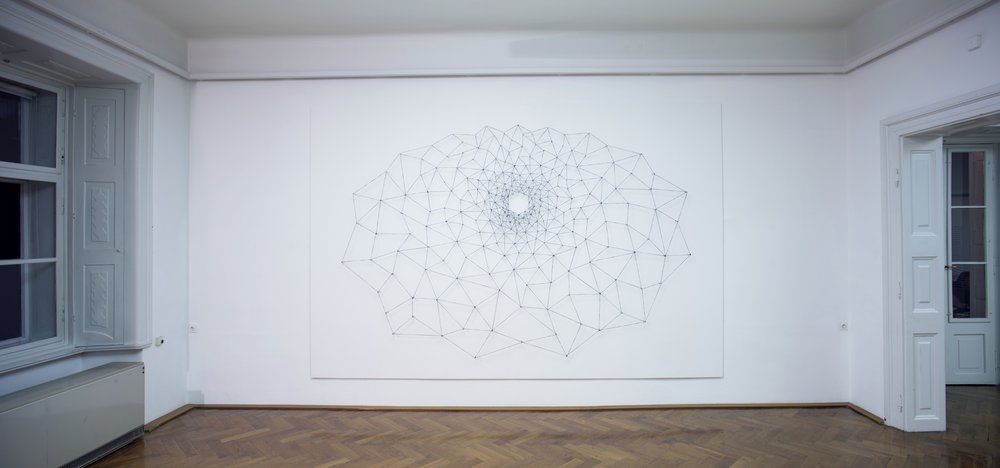
In the framework of the already established practice of exhibiting contemporary art, we can detect in MGLC’s programme of the last decade a more pronounced interest in the fields that are not necessarily directly or indirectly related to the question of print. In the foreground are strongly intermedia-oriented exhibitions or projects characterised by their overall transformation of the gallery space. In this context, let us point out the survey exhibition of Alenka Pirman (Collected Works, 2014–2015), the project Spielraum by Jasmina Cibic (2015) and exhibitions by Nora Turato (eto ti na, 2020) and Andrej Škufca (Black Market, 2020).
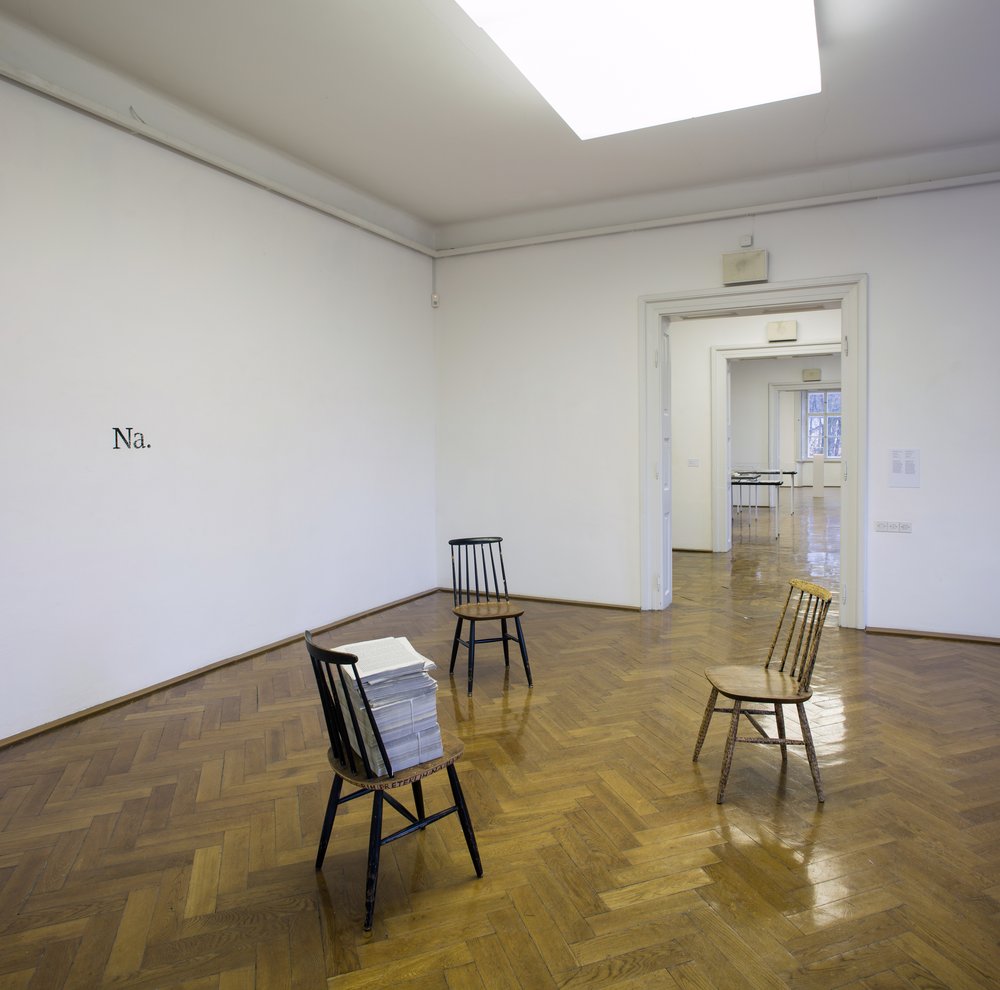
Continuing the line of thematic exhibitions of alternative and subversive art mounted in the previous decade, such as Graffiti and Street Art, MGLC put on the group exhibition Zines! (2017). The overview of contemporary Slovenian fanzine production, accompanied by a journal, was an important contribution to a better understanding of this field of printed art.
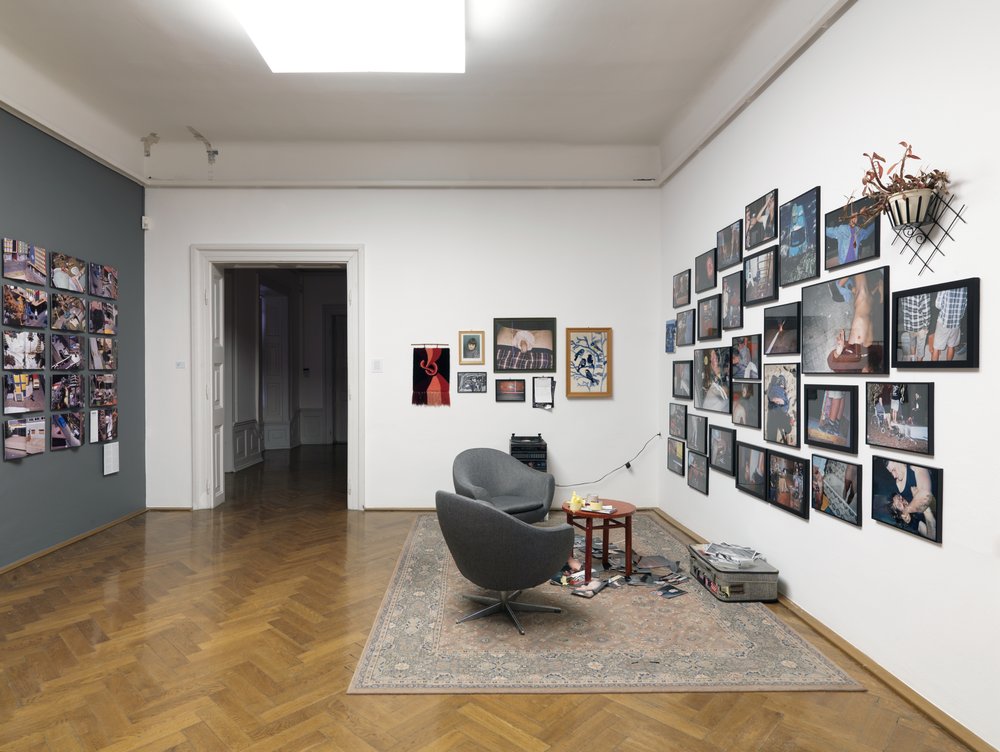
MGLC also prepared solo exhibitions of artists who engaged in printmaking or printing in their interdisciplinary practice. Among the artists of the middle generation, let us mention the exhibitions of Mladen Stropnik, Nataša Mirtič, Mina Fina and Aleksandra Zalokar. In recent times, younger printmakers also got an opportunity, among them Alja Košar, Tina Mohorović and Helena Tahir.
In addition to following contemporary production, the museum continued preparing retrospective exhibitions and the related monographs about the most important Slovenian printmakers. Attention was given to female artists that had often been overlooked in the past and so Tinca Stegovec and Zdenka Golob were presented more extensively for the first time. Some of the important retrospectives were the exhibitions of Danilo Jejčič, Boris Jesih, Janez Knez, Karel Zelenko and Riko Debenjak.
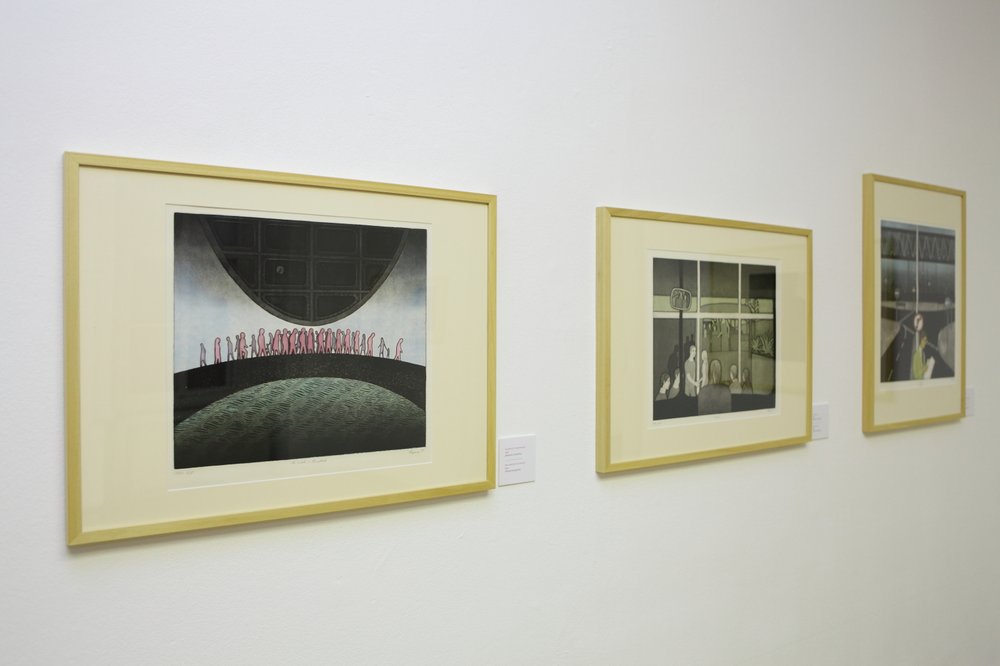
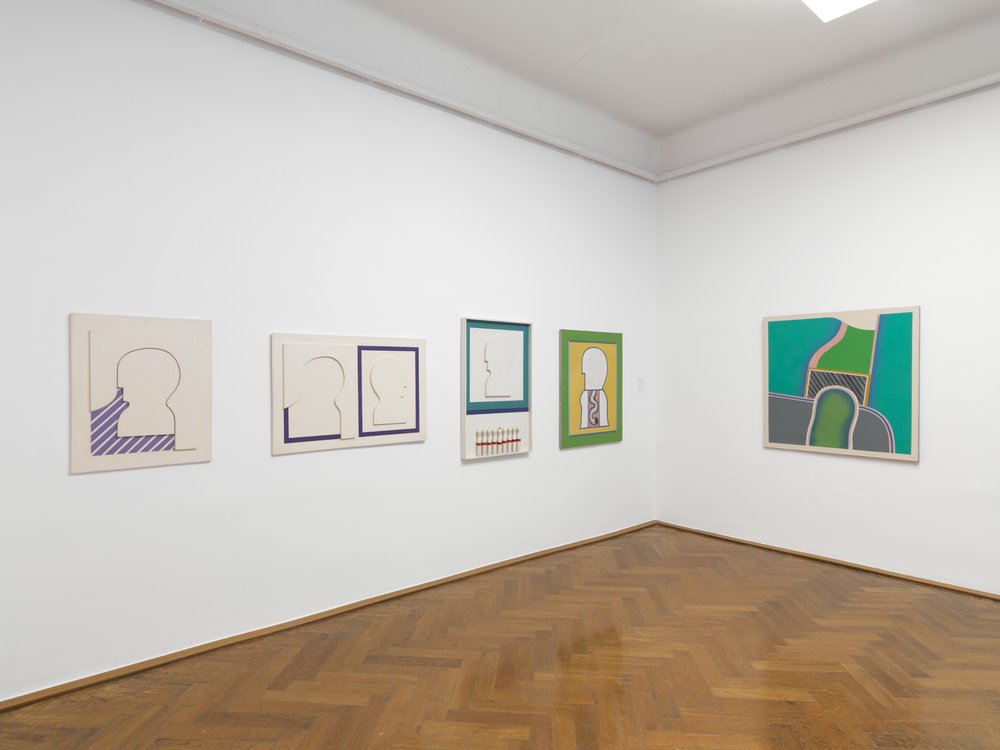
The programme regularly included exhibitions thematising and contextualising the museum’s collections (Crossings, MGLC Collection – New Acquisitions (2013–2015), From the Biennial Prize Winners Collection: Shifts in the Canon…), while the group exhibition Prints and Impressions recorded the printmaking moment and provided a cross-section of works by artists of all generations co-creating the state in the field of printmaking at the time (2012).
An important emphasis in MGLC’s operation in the new decade was given to the continuation and the strengthening of the institution’s international connections and engagement. In this period, MGLC hosted a greater number of foreign artists and curators with more diverse projects. From the variegated programme, let us point out the resounding exhibitions of the Spanish printmaker Antoni Tàpies (2016), writer and artist William S. Burroughs (2013), filmmaker and artist David Lynch (2018) and artist Nathalie Du Pasquier (2018–2019).
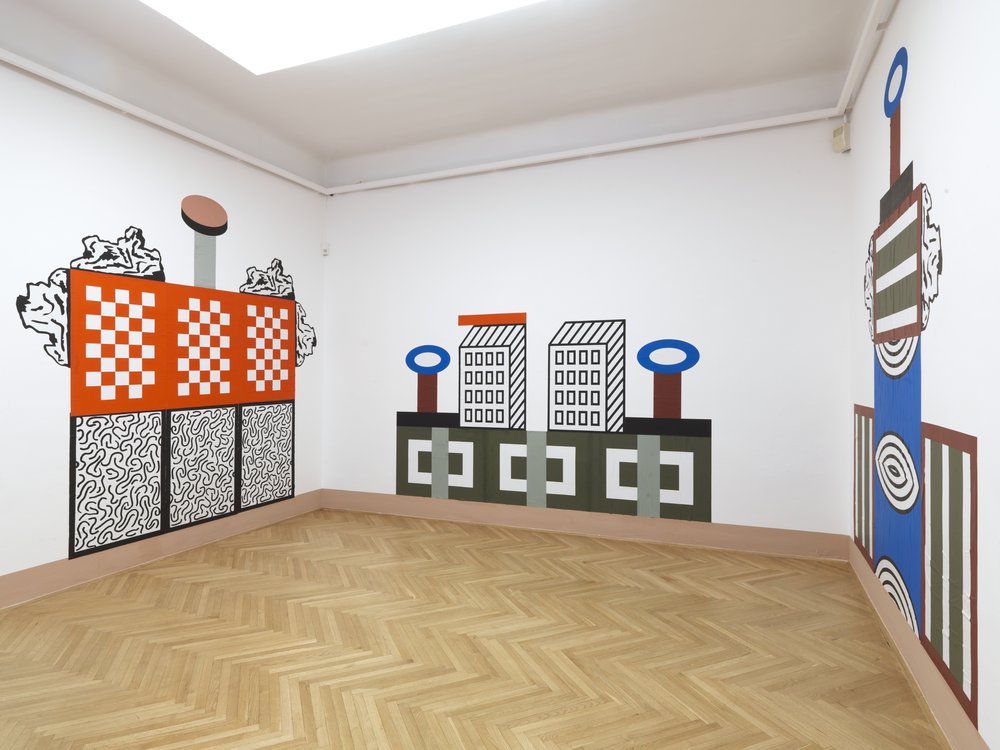
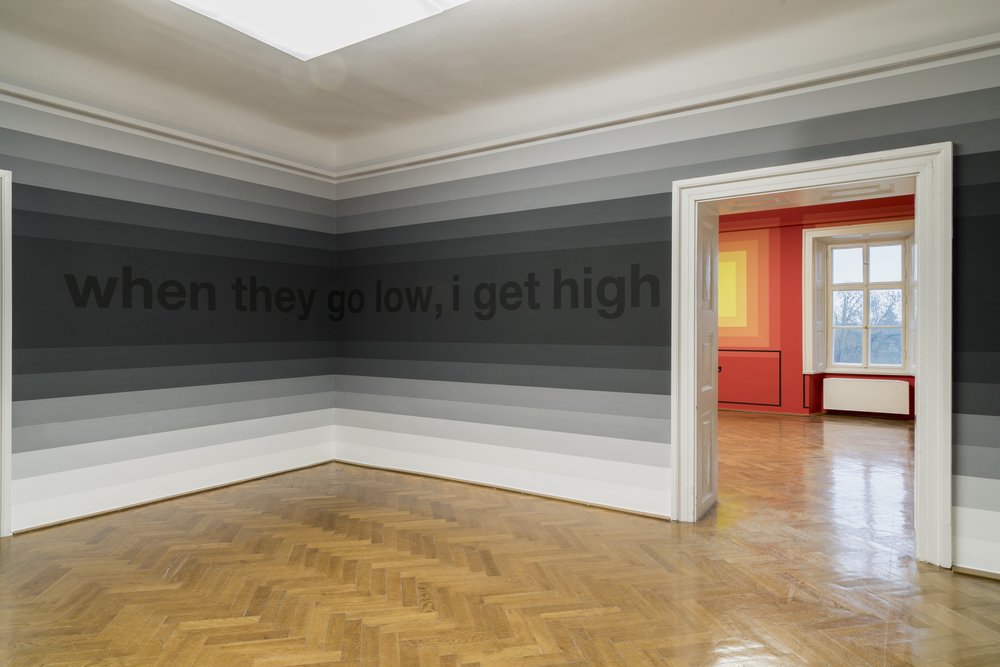
In the context of international exchange, the realisation of the idea of artist residencies brought an important new development. The project was fully implemented in 2017 when MGLC took over the management of the renovated Švicarija, in which it offers Slovenian and foreign artists a space to work and live in. Švicarija was presented to the public through the exhibition project Švicarija: Community, Art and Nature, after which solo and group exhibitions have regularly been mounted there.
Written by Gregor Dražil.
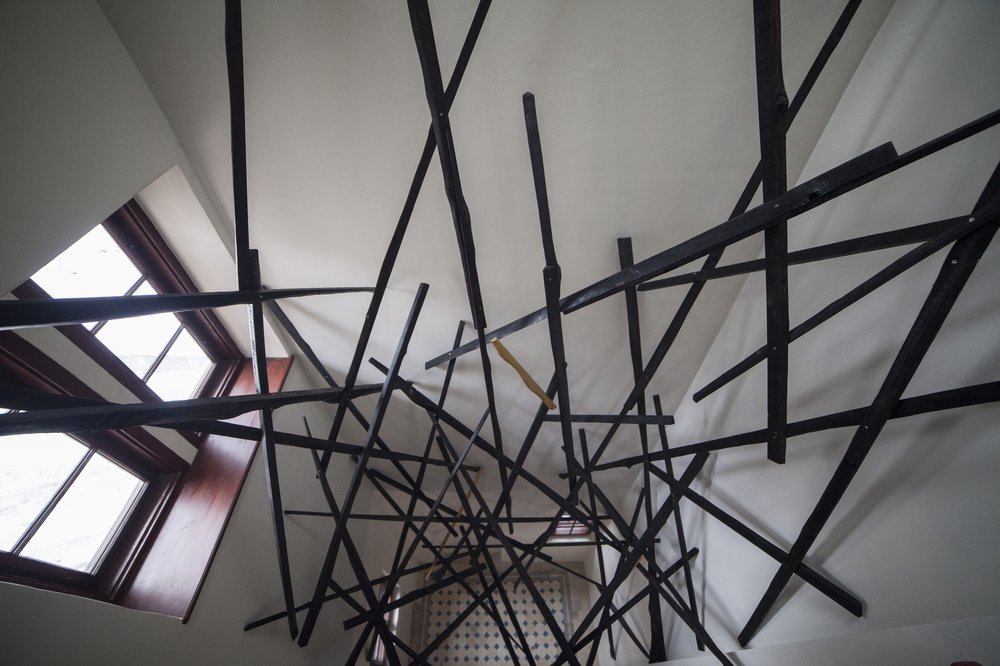
Essays


